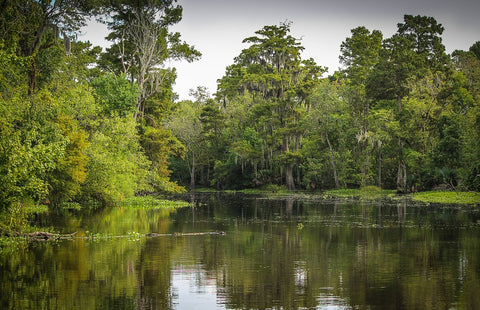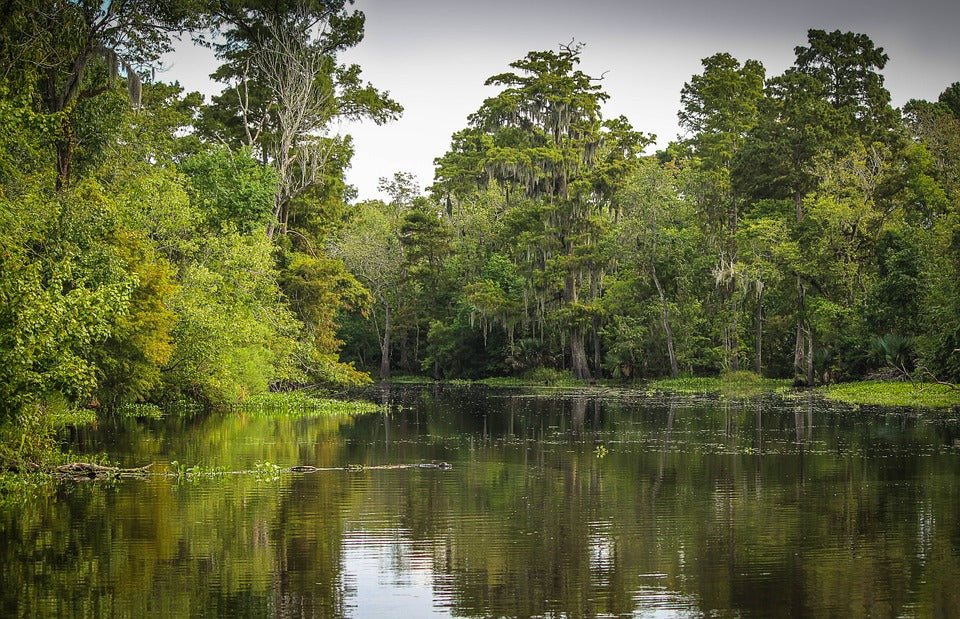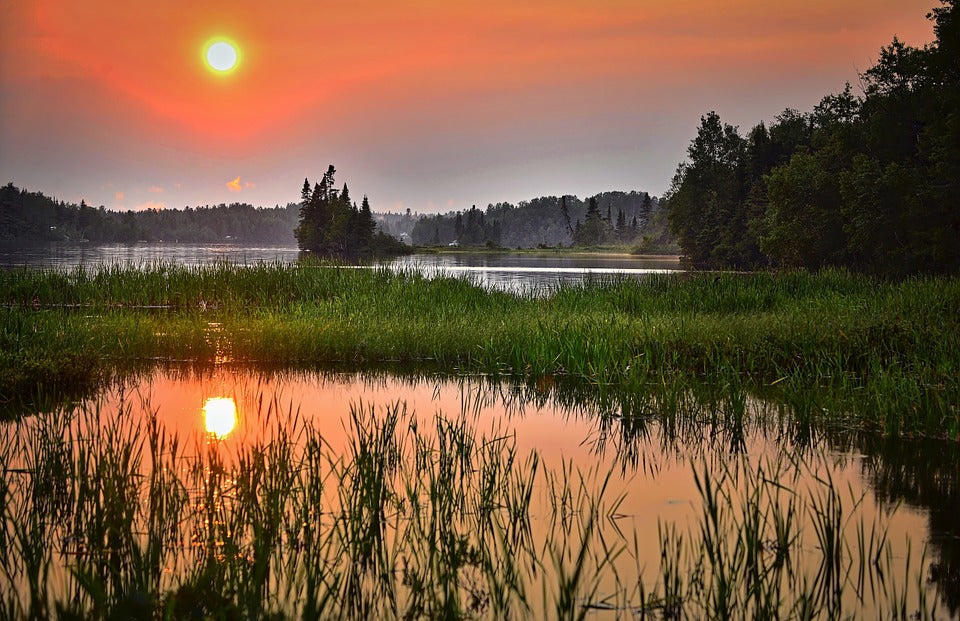Wetlands are the places where the ground is covered by (in most cases, quite shallow) water. Some examples of wetland ecosystems include marshes, swamps, and bogs. These places can stay submerged either for some limited time or for the whole year. In some areas where wetlands are formed temporarily, the locals use the soil after the water has left. The ground gets extremely fertile.
There are a lot of benefits and functions that wetland ecosystems perform. They can help purify water, protect shorelines from erosion, and provide habitat for various forms of wildlife.
However, there has been a colossal loss of wetlands in the past few hundred years. According to one source, 87% of them have been lost in the past 300 years.

What are the Major Causes for Loss of Wetland Ecosystems?
Industrial Expansion
One of the main reasons behind the elimination of these necessary components of the environment is industrial activities. Industrial growth culminates in the loss of wetlands in two ways:
- Drainage for creating space for factories
- Toxic waste and pollution released by industries
Drainage refers to the drying of swamps and marshes (or other similar wet bodies). Since the ground is not too far deep, it can be easily reached in order to create buildings and factors.
On the other hand, the waste and chemicals released by the factories can directly contaminate the surrounding swamps and marshes. The wildlife can perish and the aquatic bodies can get dirty and polluted.
You can show your aversion to this by opting for hand-made, organic products instead of commercially churned-out goods. The next time you need to buy a slim minimalist wallet, try out one of ours like the Trayvax Contour or Element.

Pollution
While pollution is a necessary corollary to industrial activities, there are many other ways in which it can be perpetrated.
Garbage and trash getting collected on the banks or even in the center of the wetlands is not something rare or unheard of. Most people don’t take care to dispose of their trash responsibly. When kept clean and unadulterated, wetland ecosystems make an aesthetic sight. The clean look alone keeps people from throwing their used items and dirty garbage in. But when the place itself looks like a dump due to the existing litter, people don’t tend to think twice about treating it as their personal waste bin.
If you happen to be around such a place, don’t throw any sort of items (like boxes, used keychain accessories, or an unneeded metal wallet clip) close to the shore.
What Happens Due to Excessive Loss of Wetlands?
As mentioned at the start, these aquatic bodies serve a variety of useful functions, and they play a helpful role in the environment. Let\'s reiterate with some details:
Purifying Water
Before the water reaches the bigger open bodies, the wetland ecosystems can purify it by removing harmful chemicals and components. They essentially act as filters by absorbing extra, potentially-harmful chemicals.
When these useful aquatic bodies are eliminated, the surroundings larger ones are deprived of this benefit viz. the purification.
Erosion Reduction
Take a lake, for example. If there are no trees or vegetation on the shores, the soil will easily start collapsing and crumbling. But, if there is a swamp or marsh at the edges, the plants found on the same will help in holding the soil. This will reduce erosion and keep the shoreline maintained.
Floodwater Management
During a flood, there is an excessive influx of water that has to be removed and dissipated before it starts wreaking havoc on the area and in particular, the crops. Wetland ecosystems are a natural flood management system as they can store and absorb the excess.
Steps To Take For Preservation…
Everyone, in their own capacity, can play a role in preserving these precious natural sites. If you are a factory owner, open up your front pocket wallet and put in the financial effort to dispose of your waste materials responsibly. Instead of letting it all flow out unchecked, treat and neutralize it to reduce the harmful effects it can inflict on the surroundings.
If you are an average person, take care not to pollute these aquatic bodies. Don’t throw your garbage and trash in there. Whenever possible, clean up the banks and educate people on doing the same.
Conclusion
Wetlands are a very important part of the environment. They have been reduced by a massive amount in the last few centuries, and are facing threats in today’s world as well. Understanding their benefits and the things that threaten their existence can help us take the necessary steps for keeping them safe and preserved.



























































Leave a comment
All comments are moderated before being published.
This site is protected by hCaptcha and the hCaptcha Privacy Policy and Terms of Service apply.